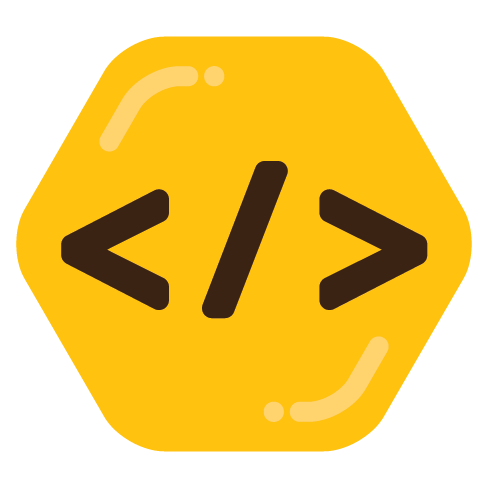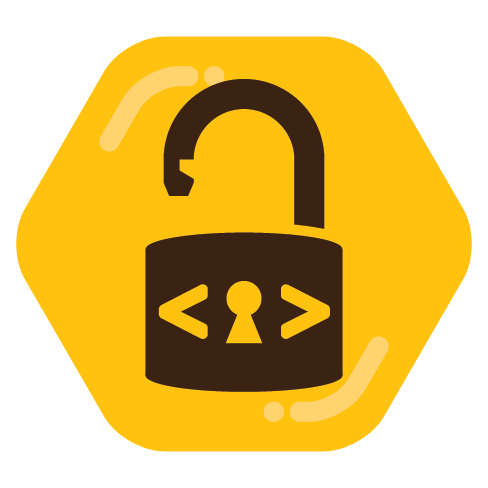

deleted by creator


deleted by creator


BTW in case you didn’t know, a bare cd without arguments will bring you to your home. I have alias setup to quickly navigate one or two directories up and print the path then:
alias ..='cd .. && pwd'
alias ...='cd ../.. && pwd'
Should works with every shell and I don’t even need to type cd itself.
deleted by creator


For simple applications this is probably not that wild. But the more complex programs we talk about, the more helpful are these formats. Programs like OBS or Firefox in example is a lot of trouble to compile quickly. And imagine more of these programs. Package maintainer of your distro could use the time in a better way. Those who want to package it themselves (probably Arch) could still do, but most who want to provide the newest Firefox could just use Flatpak, coming directly from the developer day 0.
One also does not need to wait until its packaged by your distro maintainer and it comes directly from the developer instead (maybe). The original developers often do not support all distros and would like to have a known state and version of the program that they can rely on, like a Flatpak.
That being said, I don’t use Flatpak. But I used it in the past and it was helpful in some cases. Even on an Arch based distribution. Currently I use an AppImage for a program that is not in the official Arch repos. The AUR has it, but the -bin is outdated and the -git version building from source takes too long and power. Even on my new modern machine it would take at least an hour for every new version. Or I just download the Applmage once (88 MB) and use the self updating system of it (which downloads newest version automatically and renames it to current executable filename). I’m talking about RPCS3 emulator.
From what I have read it’s only the initial phase when running the Snap for the first time. The package is setting up the environment and does some things only once. And the first iteration of the Snap concept was very slow, which is improved a lot. Didn’t use Ubuntu in years, so cannot test it myself at the moment.
But only the first time you open it, right?


deleted by creator


To my surprise this was already in the official Arch repos. I used lsd in the past and wonder how it compares to eza .


@Vitaly Because it’s the best browser. Plus it does not use the engine controlled by Google or Apple. I don’t see any reason to switch to a different browser. If any, it would be a fork of Firefox.
@uis I know about nouveau which is community developed. This is what I meant with the performance. It’s not near on the same level as the proprietary. For gaming, this is not an option. But I thank you for the suggestions you made.
The best benchmarks I found is for the 20xx series, but look at the results to understand how big the difference is: https://www.phoronix.com/review/opensource-turing-3d/2
Dota 2:
That’s the level of difference we speak about.
@uis GTX 1070. The new open source driver from Nvidia does not support the 10x series, if your question should lead to that. But does not matter, because yesterday all PC parts of my new build has arrived and I will set it up this weekend. AMD+AMD now. Finally done with these Nvidia frustration.
@uis Performance is the problem. I play games and there is no alternative to proprietary drivers.
@uis I didn’t blame anyone particularly. I am just upset about the current situation as a Nvidia user. And it’s a warning to anyone who thinks about getting a Nvidia card on Linux.
Not sure why Mesa. It does not have the proprietary driver in it, does it?
@hellvolution I don’t know what you are hallucinating, but my post was ranting about the Nvidia drivers. I did not choose to install all of them, they are installed and maintained automatically in Flatpak. But I chose not to install the KDE suite on my native system, because that always causes pain with other suites and installations. That’s the good part of Flatpak. There are a few reasons to use Flatpak.
But the Nvidia driver situation in Flatpak is ridiculous! But you know what, that does not matter anymore, because today my new PC parts will arrive and I can build from scratch. AMD through and through!
@skulbuny I do not use zen and get the dkms. But honestly, the twice-dkms installation (one for each Kernel) isn’t too bad. The real issue for me is with Flatpak. I’m currently in the process of choosing and building new PC. Wish I could afford 7900XT, but together with an entire PC building it gets too expensive for me. Looking forward to AMD!
@hellvolution I do not install the driver in Flatpak, it does it automatically. Each application can depend on specific driver versions I guess and that is how it ends up installing multiple versions. That makes it quite robust to be honest, because if a new driver version sucks the application can just request to use an older version in example.
Before accusing people not knowing what they are doing, maybe you should learn about the technology you talk about. There are reasons why to use Flatpak over native Arch packages. One reason is in example I have installed kdenlive, but do not want the entire KDE suite, services and applications installed and running on my system as well.
@ProtonBadger No, I have full download speed for my connection, so it’s not download speed. Everything downloads at full speed. The issue is, that so many driver versions are downloaded and updated. Mind you, this is not with every update so many. My point is, the entire update process could be done very fast if it wasn’t Nvidia requiring so many downloads and installation process. Everything else is done quickly.
@michaelrose Thank you for your help. Much appreciated.
@ProtonBadger The entire update process takes 20 minutes or so (never timed it), at least sometimes. I also had an alias before, but recently rewrote it as a script to do similar things, including pacman, yay, flatpak, rustup and a few other things. And from all of this stuff, most of the time its flatpak that inflates the update process time.
deleted by creator